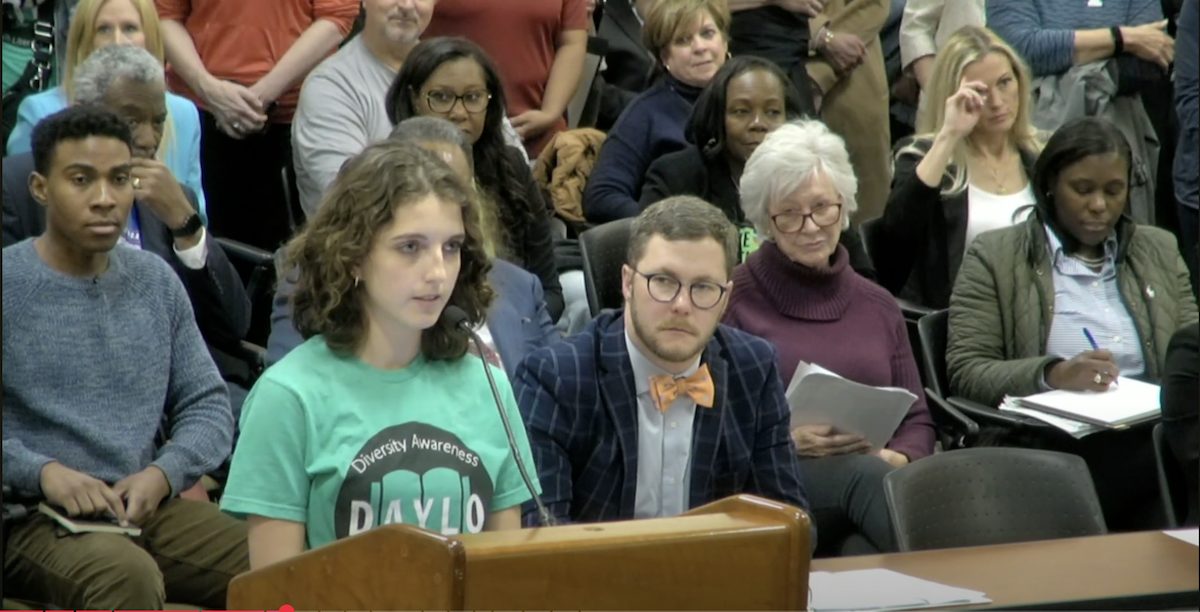By Skylar Laird
SCDailyGazette.com
COLUMBIA — While the number of opioid prescriptions in South Carolina has decreased in recent years, newly public data could show where doctors are still over-prescribing the highly addictive drugs, state health officials announced Monday, April 29.
The interactive online dashboard, to be updated quarterly, is viewable on the website of the state’s public health agency. It also shows which counties are filling the most prescriptions of other controlled substances, including various stimulants and depressants.
The state’s prescription drug monitoring program began in 2008, “with the purpose of improving the state’s ability to identify and stop dispersion of prescription medications without preventing the appropriate medical use of them,” said Chelsea Townsend, the program’s director.
Since then, physicians have been able to see data on average prescription numbers statewide. That has allowed doctors far above the state average to reevaluate whether they are potentially overprescribing the addictive drugs, said Sara Goldsby, director of the Department of Alcohol and Other Abuse Services.
Making that data available publicly can help local and statewide officials make decisions about whether they should be doing more to address substance abuse issues in their communities. Groups working to address drug issues can use it to determine where their resources might be the most needed, said health department director Edward Simmer.
“I think public knowledge of the severity of the problem and the types of drugs that we’re seeing and what the trends are can go a long way to help shape the responses that our communities make to this terrible crisis,” Simmer said.
That includes helping them determine the best ways to spend their share of hundreds of millions of dollars’ worth of opioid settlement money being doled out statewide over the next two decades.
The data can also help researchers answer questions, Goldsby said. For instance, even as opioid prescription rates have dropped in recent years, prescriptions for stimulants, such as Adderall, have risen 7% this year compared to the same time period last year, according to the data.
The reason why is unclear, Goldsby said.
County-by-county and demographic data can also show whether certain parts of the state or populations are receiving more prescriptions than others, she said.
“I think all of this data collectively helps us really ask more questions and zero in on the problems that we’re seeing but, even better than that, potential solutions,” Goldsby said.
Skylar Laird covers the South Carolina Legislature and criminal justice issues. Originally from Missouri, she previously worked for The Post and Courier’s Columbia bureau.
S.C. Daily Gazette is part of States Newsroom, the nation’s largest state-focused nonprofit news organization.











